Adoption of Omnichannel Retailing Strategies
The Data Capture Hardware In Retail Market is significantly influenced by the adoption of omnichannel retailing strategies. Retailers are increasingly integrating various sales channels, including online and brick-and-mortar stores, to provide a seamless shopping experience. This trend necessitates the use of data capture hardware to synchronize inventory and sales data across platforms. For instance, the use of mobile point-of-sale systems and handheld scanners allows retailers to manage transactions efficiently, regardless of the sales channel. As omnichannel strategies become more prevalent, the demand for data capture hardware is expected to rise, with market analysts estimating a growth rate of around 12% in this segment over the next few years.
Regulatory Compliance and Data Security Concerns
The Data Capture Hardware In Retail Market is also shaped by regulatory compliance and data security concerns. As retailers collect and process vast amounts of customer data, they must adhere to stringent regulations regarding data protection. This has led to an increased focus on secure data capture solutions that ensure compliance with laws such as the General Data Protection Regulation (GDPR). Retailers are investing in data capture hardware that incorporates advanced security features, such as encryption and secure access controls. The market for secure data capture solutions is projected to grow by approximately 15% in the coming years, driven by the need for retailers to protect sensitive customer information while maintaining operational efficiency.
Increasing Demand for Inventory Management Solutions
The Data Capture Hardware In Retail Market is experiencing a surge in demand for advanced inventory management solutions. Retailers are increasingly adopting technologies that enable real-time tracking of inventory levels, which enhances operational efficiency. According to recent data, the market for inventory management systems is projected to grow at a compound annual growth rate of approximately 10% over the next five years. This growth is driven by the need for retailers to minimize stockouts and overstock situations, thereby improving customer satisfaction and reducing costs. As a result, data capture hardware, such as barcode scanners and RFID systems, plays a crucial role in facilitating accurate inventory management, making it a key driver in the retail sector.
Technological Advancements in Data Capture Solutions
The Data Capture Hardware In Retail Market is witnessing rapid technological advancements that are transforming the landscape of data capture solutions. Innovations such as 2D barcode scanning, mobile data capture devices, and cloud-based data management systems are becoming increasingly prevalent. These advancements enable retailers to capture and analyze data more efficiently, leading to improved decision-making processes. Market Research Future indicates that the adoption of advanced data capture technologies could enhance operational efficiency by up to 25%. As retailers seek to leverage these technologies to gain a competitive edge, the demand for sophisticated data capture hardware is expected to rise, further propelling growth in the industry.
Enhancement of Customer Experience through Technology
The Data Capture Hardware In Retail Market is increasingly focused on enhancing customer experience through technological advancements. Retailers are leveraging data capture hardware to gather insights into customer behavior and preferences, which can inform personalized marketing strategies. Technologies such as facial recognition and mobile scanning devices are being utilized to streamline the shopping experience, reducing wait times and improving service quality. Recent studies indicate that retailers investing in customer experience technologies see a return on investment of up to 30%. This emphasis on customer-centric approaches is likely to drive further investment in data capture hardware, as retailers seek to differentiate themselves in a competitive market.


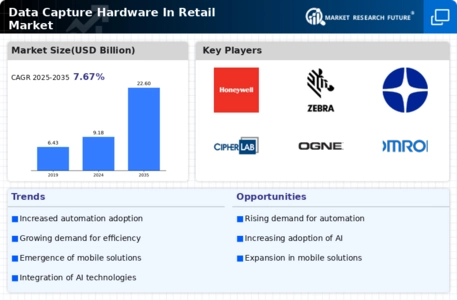
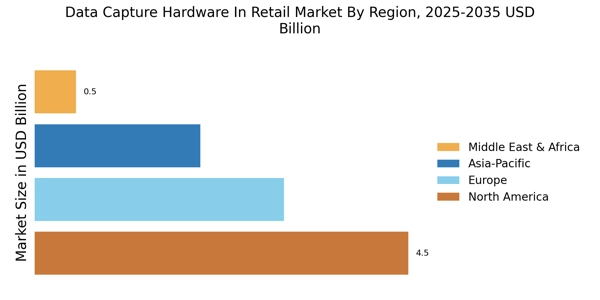
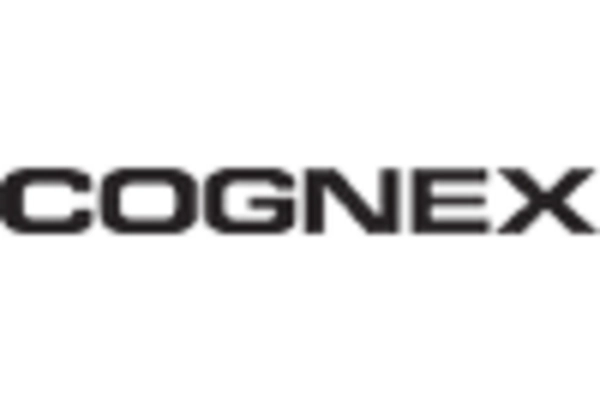


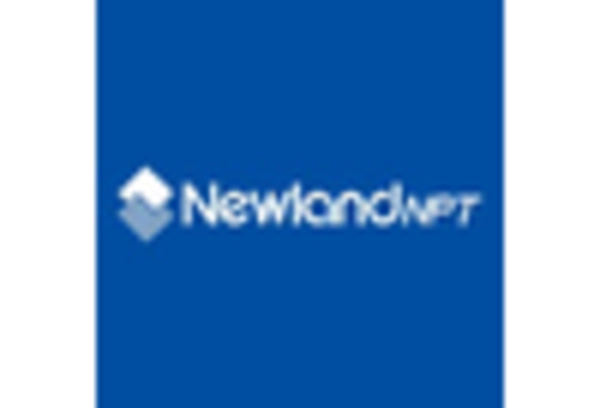
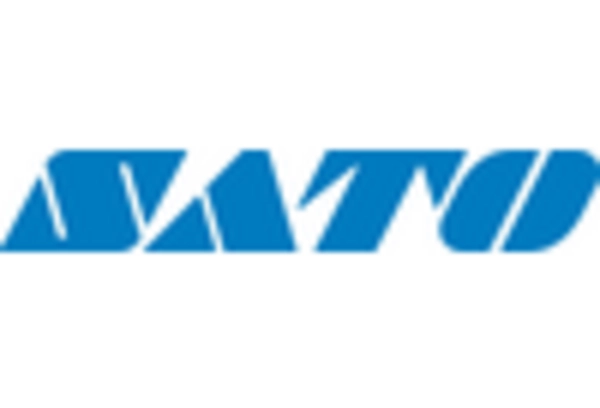
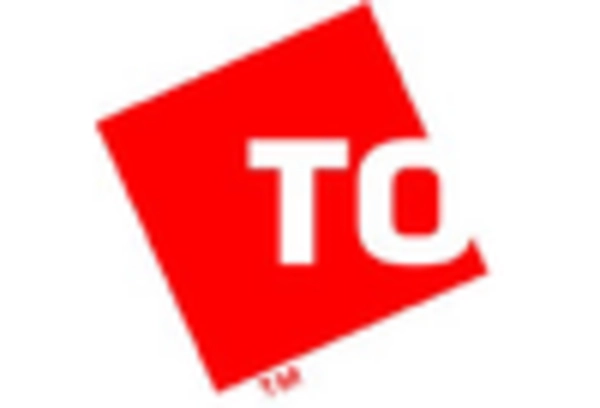









Leave a Comment